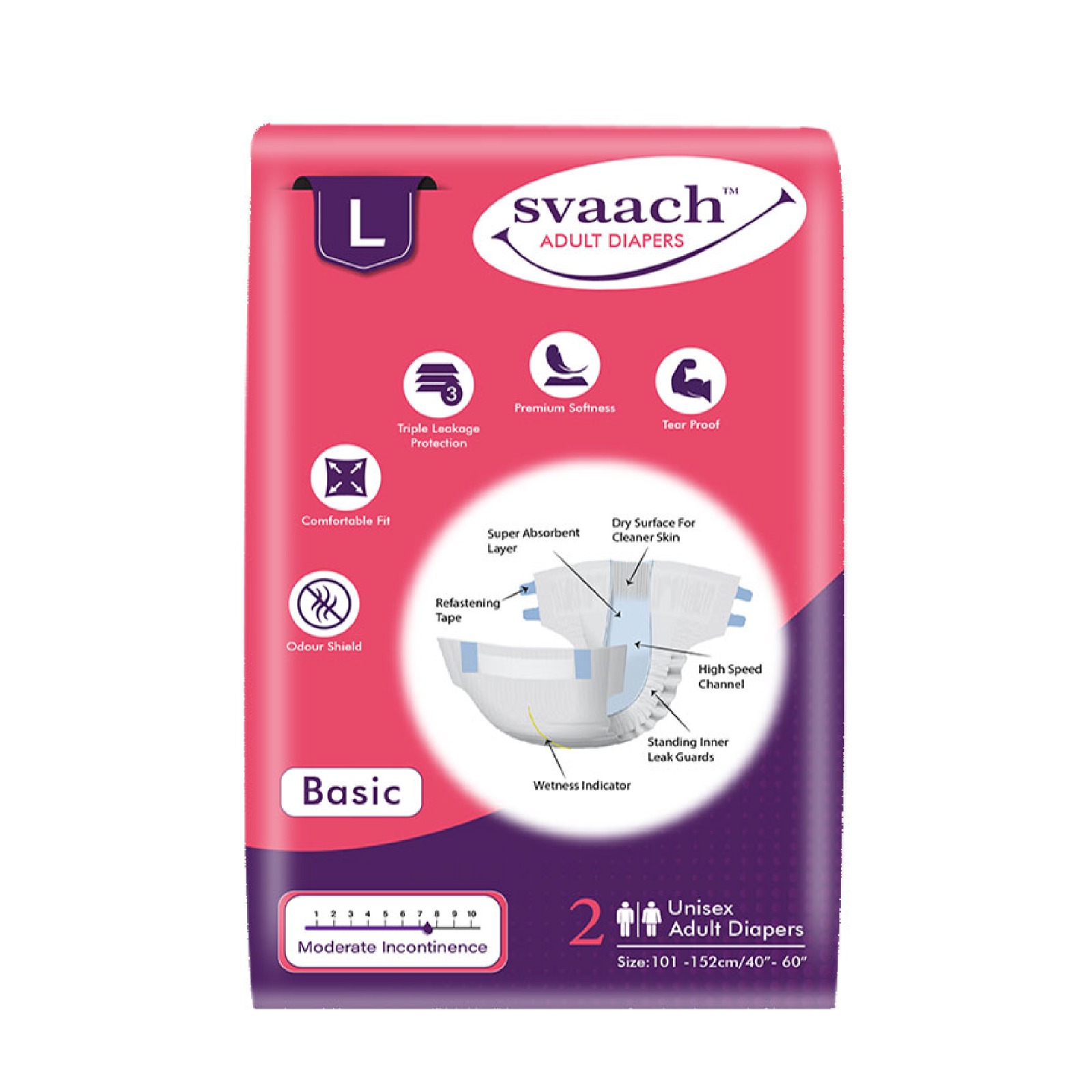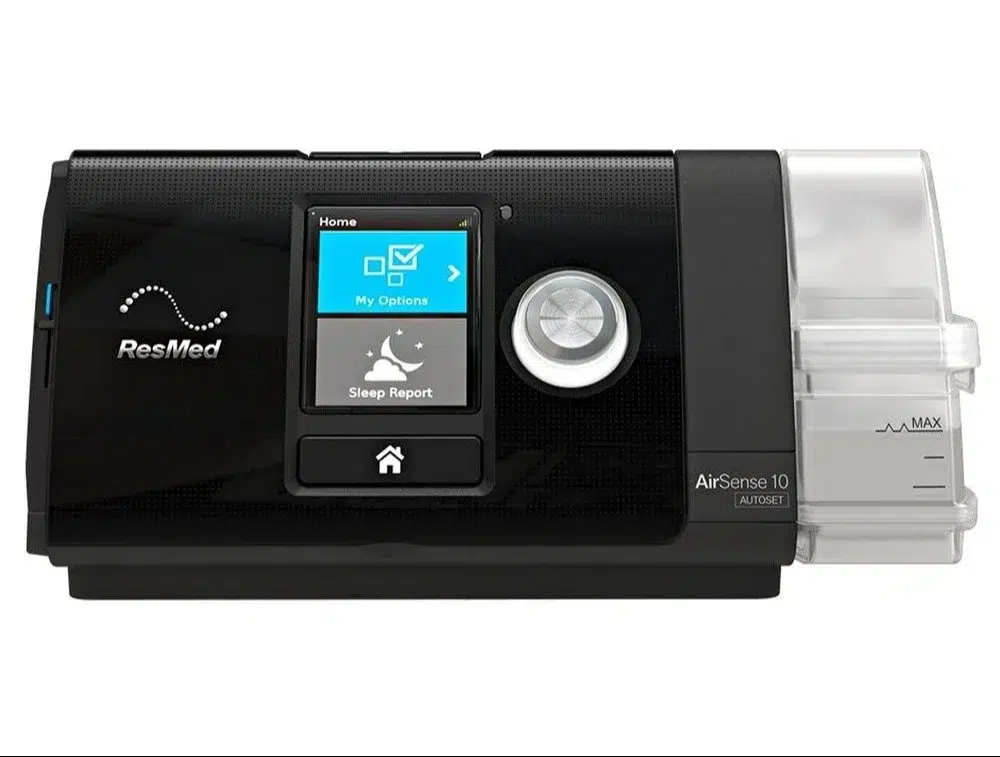Understanding the Recovery Process After Liposuction Laser Treatment
As a popular non-invasive method for eliminating localized fat deposits and body sculpting, lipo laser treatment—also referred to as laser lipolysis or laser-assisted liposuction—has gained popularity. Even though the operation is less intrusive than traditional liposuction, it is essential to comprehend the healing process to get the best possible results and ensure patient happiness.
In this extensive guide, we explore the nuances of the healing process after Lipo Laser therapy, providing insight into what to anticipate and guiding you through the post-procedure phase with ease and confidence.
Laser Liposuction: What Is It?
A sophisticated liposuction technique that uses a lipo laser machine is called laser liposuction, sometimes called laser-assisted lipolysis. This method aims to break down the fat cells to facilitate the removal of fat from different body regions. This enables more targeted treatments and facilitates the removal of fat cells.
What Distinguishes Laser Liposuction from Other Liposuction Methods?
All forms of liposuction work on the same basic principle of eliminating fat cells; however, laser liposuction is unique in its use of laser technology. This cutting-edge method reduces tissue stress surrounding the liposuction treatment, resulting in a shorter recovery period. Because it is less intrusive, patients usually have less discomfort overall and less swelling and bruises. This method also has the added benefit of stimulating collagen formation, enhancing skin suppleness, and giving a more toned skin appearance after the surgery.
Areas of Laser Liposuction Treatment
● Stomach: One of the most popular locations for laser liposuction is the stomach. This operation removes extra fat from the abdomen, giving the waistline a more defined and flatter appearance.
● Arm Liposuction: This type of laser liposuction is ideal for people who have trouble losing fat deposits in their upper arms since it can create the appearance of leaner, more toned arms.
● Neck Liposuction: By eliminating extra fat or the “double chin,” laser liposuction improves the neck region’s profile and gives the face a youthful appearance.
● Thigh liposuction: This treatment helps patients get more slender, well-contoured legs by eliminating extra fat from the inner or outer thighs.
● Hip Liposuction: This type of liposuction uses laser technology to remove fat that is too thick around the hips, helping to achieve a more proportionate body.
● Back Liposuction: This surgery can leave the back and bra line with a smoother, more streamlined appearance. It is excellent for removing stubborn fat deposits.
The Immediate Post-Procedure Period:
Patients may have slight discomfort, edema, and bruising in the treated area immediately after receiving Lipo Laser treatment. These natural side effects usually go away a few days or a week. The treating physician may suggest over-the-counter pain relievers to ease discomfort. Furthermore, adhering to the recommended compression garment wear guidelines can aid in reducing edema and promoting recovery.
To aid in removing fat cell debris generated during the surgery, you must stay hydrated throughout the early recovery phase. Patients are urged to stay away from alcohol and caffeine, which can impede the body’s natural detoxification process and cause dehydration. Instead, they should drink lots of water.
In the days after Lipo Laser therapy, it is advised to rest and engage in minimal physical activity to facilitate the body’s natural healing process. To minimize difficulties and encourage the best possible healing, avoiding heavy lifting and strenuous exercise during this period is best.
The Importance of Proper Wound Care:
Appropriate wound care is crucial to minimizing the risk of infection and promoting good healing, even if lipo laser treatment is less invasive. Patients should adhere to their doctor’s recommendations regarding wound care, which may involve dressing the incision sites with sterile materials, keeping the treated area dry and clean, and using antibiotic ointment as prescribed.
For the first few days of healing, staying out of hot tubs, swimming pools, and bathtubs is imperative to prevent infection and encourage healthy wound healing. Additionally, patients should avoid exposing the treated region to direct sunlight because this can hasten healing and raise the risk of hyperpigmentation.
Managing Expectations: Patients must have reasonable expectations regarding the outcomes and time needed to recover from Lipo Laser treatment. While some people may notice improvements in their body contouring right away, the body’s metabolization of the destroyed fat cells and the skin’s adjustment to the new shapes usually take several weeks to months to manifest fully.
The rate and result of recovery can be affected by variables like the patient’s ability to heal themselves, the volume of treatment administered, and compliance with aftercare recommendations. Patients should stay in constant contact with their healthcare professional throughout the healing process, noting any worries or unusual symptoms as soon as possible.
Long-run healing and Maintenance: Maintaining the benefits of Lipo Laser treatment over the long run requires establishing good lifestyle habits after the initial healing phase. This includes eating a well-balanced diet, exercising frequently, and drinking plenty of water. Although Lipo Laser treatment can reduce fat accumulation, it cannot replace a healthy lifestyle.
It is customary to arrange routine follow-up meetings with the treating physician to track recovery and handle any issues that may come up. The healthcare professional can evaluate the treatment’s outcome and make any required recommendations or adjustments during these appointments to ensure the best possible outcome.
Potential dangers and consequences: Lipo laser therapy is considered safe and effective for most people, but it has certain inherent risks and possible impacts, just like any medical operation. Infection, bleeding, bruises, scars, and changes in skin sensation are some examples. However, the risk of these side effects is minimal when a licensed and skilled medical professional carries out the surgery in a respectable hospital.
If symptoms such as significant swelling, ongoing discomfort, redness, or drainage from the incision sites appear, patients should be aware of these warning signs and seek immediate medical assistance.
Wrapping Up
In conclusion, recovering from Lipo Laser treatment is a long process that calls for persistence, following post-procedure guidelines, and constant interaction with medical professionals. Through self-management during healing, patients can enhance their recovery and attain the intended goals securely and efficiently.
With the proper wound care, lifestyle adjustments, and reasonable expectations, people can confidently travel the road to recovery and come out of it feeling invigorated and strong.
latest Blogs
categories
Categories
- Beauty Tips
- COVID-19
- Fitness tips
- Health & Wellness
- Health & Wellness Equipment
- Health and Wellness
- Health care
- Health Tips
- Healthcare & Medical Equipment Rental
- Healthcare Solutions
- Healthy Eating
- Home Healthcare Solutions
- Hospital Bed Rentals
- Life Style
- Medical Equipment Rentals
- Mental Health
- Nebulizer Machines
- Nursing Care Services
- Patient Care Solutions
- Prime Healers community
- Product information
- Product Review
- Renting an Oxygen Concentrator
- Respiratory Care
- Respiratory Care Solutions
- Uncategorized
- Wheelchair and Hospital Bed
- Wheelchair for Festivals






















